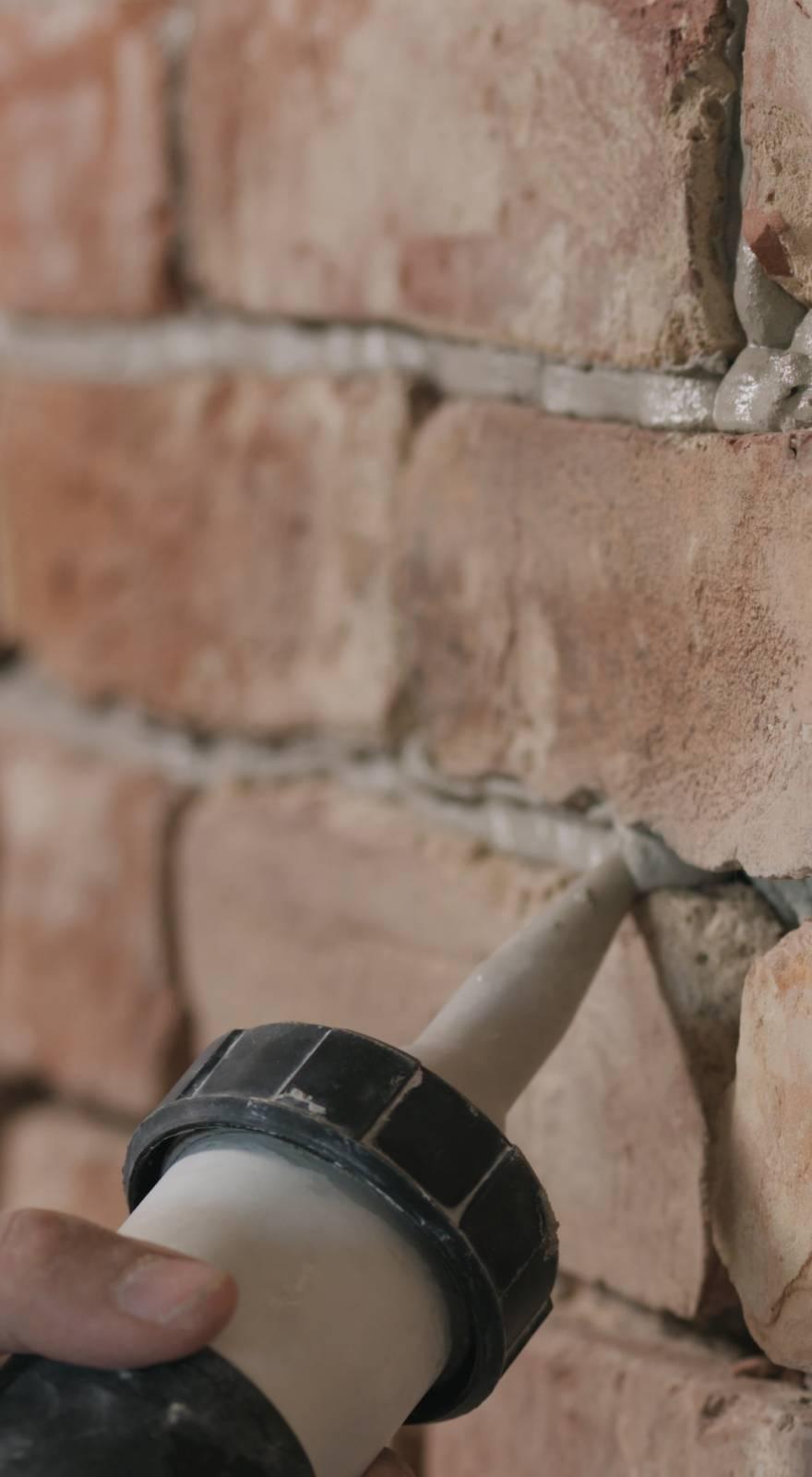Knowde Enhanced TDS
Identification & Functionality
- Product Type
- Technologies
- Product Families
Features & Benefits
- Ready-to-Use Product Features
- Product Highlights
CTECH™ 7-111-2 is an excellent structural adhesive and can also be utilized in a “delay cure” mode. Here material is applied to one surface, exposed to UV light briefly, which begins the curing process but allows a “delay” for assembly. The cure will then continue to fixture the assembly. Advantages of the delay cure process are that light can be used as an activator or in place of two part systems to bond opaque substrates. Also, less expensive, low power lamps can be used.
The product is inherently low in ionics and outgassing after cure, and is therefore suitable for applications on or near sensitive components. Electrically and thermally conductive versions of this product are also available.
Applications & Uses
- Markets
- Cure Method
- Processing
Processing. CTECH™ 7-111-2can dispensed from syringes or automated systems followed by component placement or assembly. For die or head attachment, if UV cure is to be utilized, a minimal filet is all that is needed to fix the part. Exposure to an UV light dose of 2 J/cm2 will harden the filet enough to allow further processing of the assembly. It is suggested that relatively high exposures are tested first, e.g. 4 J/cm2, and then much lower doses compared with those results. Cure of the shadowed adhesive can be affected as low as 100o C for 5-20 minutes. Higher temperatures will cure faster and lower temperatures (to 90o C) slower. It is important to note that cure temperatures and times depend greatly on configuration and heat transfer of assemblies.
For voice coil assembly, a UV dose of 7-10 Joules exposure should be tested first, taking care that the part does not heat up too quickly which would initiate the thermal cure system prematurely. This would be obvious because the adhesive will generate bubbles in the bondline. An experimental matrix of UV exposure time and postbake should be performed to determine the optimum adhesion. For difficult surfaces such as nickel plate, a 100-110°C postbake for 30-60 minutes produces a substantially stronger bond. Other surfaces may not require a postbake, given adequate UV exposure. Alternatively much lower UV doses can be used if a postbake process is acceptable.
For a delay cure process the exposure dose used is about 1/10 the amount for full cure. For example, 2-5 seconds exposure at 250 mJ/cm2 will allow 15-45 seconds delay for assembly to take place with a subsequent fixturing time of 30-60 seconds. At this point, using stainless steel laps, 2-10 pounds of tensile force are achieved. As with other UV epoxies the cure process will continue and ultimately produce very high structural adhesion. The delay cure process benefits greatly from a post-UV bake as even 65o C will improve the impact resistance especially.
Some substrates can outgass water and or basic substances that affect the cure. Pre-treating the substrate with heat can often alleviate the effect of adsorbed water on the adhesive. In rare cases the substrates will poison the cure of the epoxy system, in this case contact CTECH or your distributor.
Lamps which output wavelengths of 200 nm. - 400 nm. will cure more quickly than those with the shorter wavelengths filtered. For thick sections of the adhesive, longer wavelengths, which penetrate further, will often give more complete cure and less coloration than the high intensity lamps. Actual cure times will depend on required depth needed and intensity of light used. For very thick sections exposure doses up to several joules/cm2 may be required.
Immediate de-fixturing and movement of parts is possible, however physical properties, especially adhesion, will continue to develop over 2-24 hours after UV exposure. Post UV heating can be very effective in bringing the product to its optimum properties. Even 30-60 minutes at 100 C will produce equivalent or better results than 24 hours at ambient. Higher temperatures can be used, and for applications that will run at higher temperatures, it is recommended that a postbake be performed, at those values. High ambient relative humidity (>65%) can also effect cure parameters. If noticeably softer coatings result during these conditions, a longer UV exposure, preheat of substrate and/or postbake should eliminate any problems.
Properties
- Typical Physical Properties
- Typical Physical Properties
Durometer: D22 - D40 depending on post-bake temperatures.
| Value | Units | Test Method / Conditions | |
| Durometer (Depending on Post-bake Temperatures) | D22 – D40 | — | — |
| Extractable Ionics | max. 10 | ppm | — |
| Flash Point | min. 200 | °C | — |
| Mechanical Deflection (from 50-100°C) | 1.0 | Micron | — |
| Non-Volatile Material | 99.0 | % | — |
| Tg by DSC | max. 40 | °C | — |
| Viscosity | Thixotropic Gel | — | — |
| Soluble in | Ketones, alcohols | — | — |
Technical Details & Test Data
- Extractable Organics
Fluorinated solvent extraction followed by analysis of residuals: Nothing detected by GC/MS
Storage & Handling
- Shelf Life
- 6 Months

